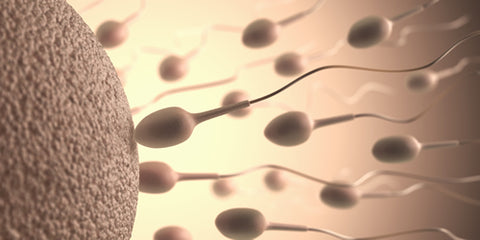The Effects of Mobile Phones on Sperm Viability
Data from the World Bank regarding cellular subscriptions paints an intriguing picture. In 1995, for every 100 people, there were 13 American subscriptions and 10 UK subscriptions to cellular services. A decade later, the number of subscriptions per 100 people rose to 68 in the U.S. and 109 in the UK. Now, two decades later, the most recent data numbers have reached 96 in the U.S. and 125 subscriptions per 100 people in the UK. Clearly, the market is not just saturated; it is overly saturated. While wonderful for the cellular providers, it is not good news for the 14% of the population facing fertility problems.
Approximately 40% of fertility problems are attributable to male factors. While some male factors are independent of behavior, such as structural abnormalities and immunologic disorders, at least one, sperm health, is associated with a controllable behavior: mobile phone use. Scientific research repeatedly emphasizes that mobile phone use is detrimental to sperm. One effect of mobile radiation exposure is that it reduces sperm viability, its ability to fertilize an egg. In order to do so, the sperm must be alive.
Two types of studies, in vivo and in vitro, contribute evidence to the growing research relating mobile phone radiation to poor sperm viability. In vivo research means that the subjects provide data regarding mobile phone use and the samples are examined directly after ejaculation, without experimental measures taken. In vitro research means that the subjects first donate their samples, which are then exposed in a petri dish to an experimental condition, in this case, mobile phone radiation.

In research conducted by Agarwal, et al, compared four groups of donors, categorized by the number of reported hours of cell phone use. Those donors who did not use cell phones had an average sperm viability of 71.77%; mobile phone users with up to two hours of daily exposure averaged 68.21%; two to four hours of daily exposure averaged 57.95%; four plus hours averaged 47.61%. An almost perfect negative correlation was evidenced in this study: the higher the mobile phone exposure, the less viable sperm were present in ejaculate. Adams, et al, pooled 816 subjects from 5 studies and found that viability was reduced by between 5% and 10% across both in vivo and in vitro studies. Dama and Bhat also conducted a meta-analysis that showed that with higher mobile phone exposure came less live sperm. Further support for the detrimental effects of mobile phone exposure on the ability of sperm to remain healthy and strong enough to fertilize an egg is given by Deepinder, et al, Veerachari and Vassan, and Vignera, et al.
The evidence can be overwhelming, particularly for couples having difficulty conceiving who rely heavily on mobile phones for their daily activities. The good news is that unlike other aspects of infertility that cannot be controlled, steps can be taken to reduce the impact of mobile phone radiation on sperm. This is one male factor that can be changed by behavior and by blocking radiation from reaching the testis.
Learn about the effects of mobile phones on sperm count, testosterone levels and sperm motility.
Sources:
